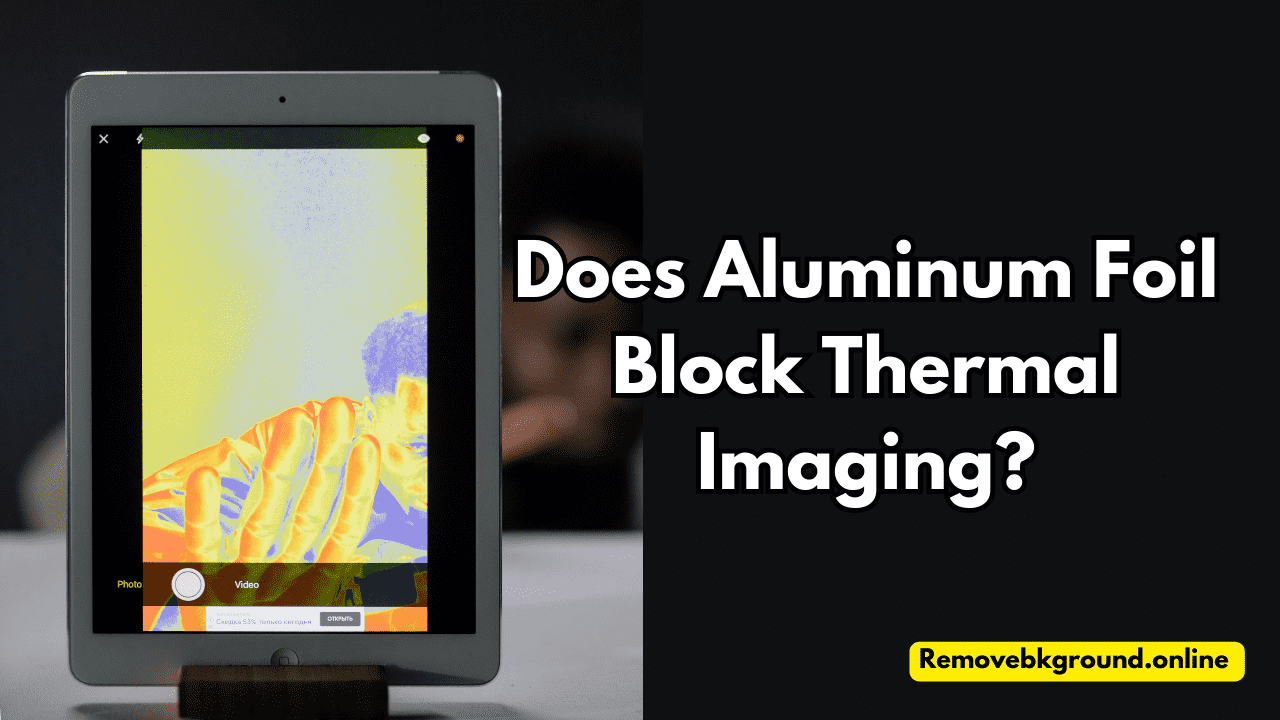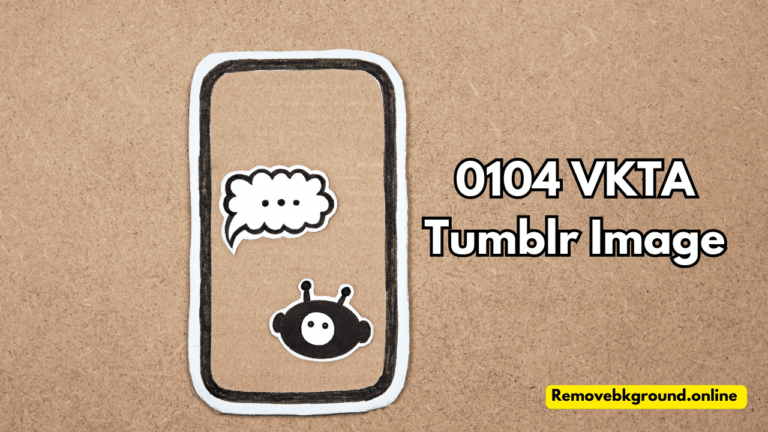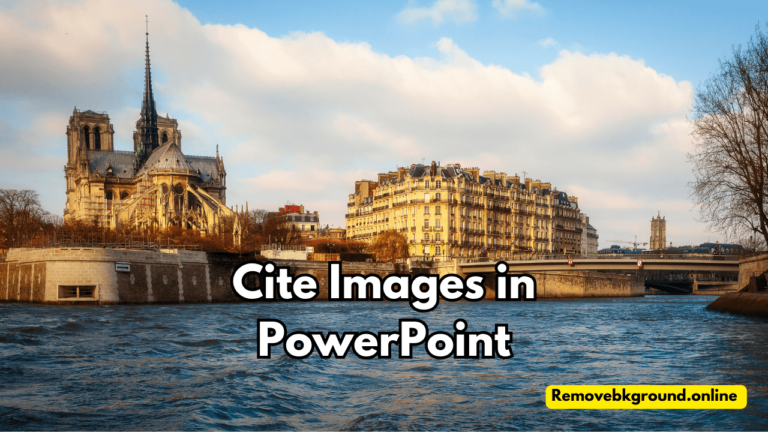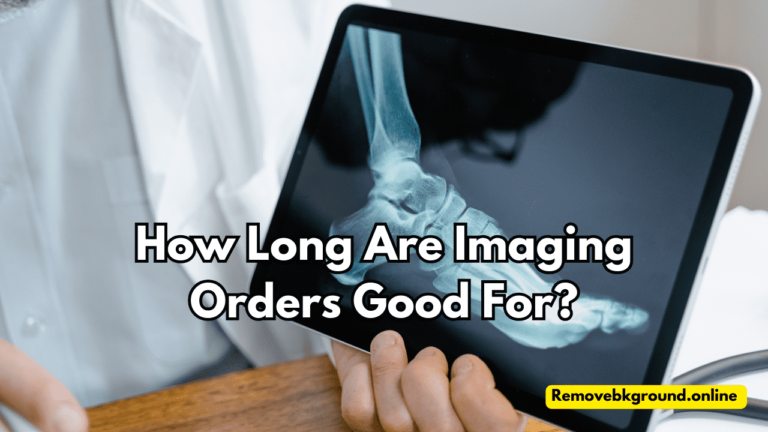Does Aluminum Foil Block Thermal Imaging?

Aluminum foil is a common household item used for various purposes, from cooking to packaging leftovers. However, there’s been a growing interest in whether Aluminum Foil Block Thermal Imaging. In this article, we delve into the science behind thermal imaging and explore whether aluminum foil is effective in blocking it.
Introduction to Aluminum Foil Block Thermal Imaging
Thermal imaging is a technology that allows the visualization of temperature variations in objects, surfaces, or environments. It works by detecting the infrared radiation emitted by objects and converting it into a visible image. This technology has diverse applications across different industries, including military and defense, building inspections, electrical maintenance, and medical diagnostics.
Understanding How Thermal Imaging Works
Thermal imaging cameras detect infrared radiation emitted by objects and convert it into an image based on temperature variations. Warmer objects emit more infrared radiation, appearing brighter in the thermal image, while cooler objects appear darker. This enables users to identify temperature differences and potential issues that may not be visible to the naked eye.
Applications of Thermal Imaging Technology
Thermal imaging technology finds applications in various fields:
- Military and Defense: Used for surveillance, target detection, and reconnaissance.
- Building Inspections: Detecting heat leaks, water damage, and insulation deficiencies.
- Electrical Maintenance: Identifying overheating components in electrical systems to prevent failures.
- Medical Diagnostics: Diagnosing conditions such as inflammation, circulation problems, and infections.
What Is Aluminum Foil?
Aluminum foil is a thin, flexible sheet made from aluminum metal. It is commonly used in cooking, packaging, insulation, and various other applications due to its lightweight, malleable nature, and excellent heat conductivity.
Does Aluminum Foil Block Thermal Imaging?
The effectiveness of aluminum foil in blocking thermal imaging depends on several factors, including the thickness of the foil, the temperature gradient across the surface, and the emissivity of the material being covered.
Factors Affecting Thermal Imaging Blocking
- Thickness of Foil: Thicker foil may provide better insulation against thermal radiation.
- Temperature Gradient: Significant temperature differences between the object and its surroundings may affect the ability of foil to block thermal imaging.
- Emissivity: Some materials have higher emissivity, meaning they emit more infrared radiation and may be harder to conceal with foil.
Experimental Evidence and Studies
Several studies have investigated the effectiveness of aluminum foil in blocking thermal imaging. While aluminum foil can partially block infrared radiation, it may not provide complete concealment. Factors such as crinkles, folds, and gaps in the foil can reduce its effectiveness.
Other Materials That Can Block Thermal Imaging
Besides aluminum foil, other materials can also block thermal imaging to varying degrees:
- Mylar: Reflective and insulating material commonly used in emergency blankets and space blankets.
- Glass: Transparent to visible light but can block certain infrared wavelengths.
- Certain Fabrics: Materials with high reflectivity and low emissivity may reduce thermal imaging visibility.
Practical Applications of Blocking Thermal Imaging
The ability to block thermal imaging can have practical applications in various scenarios, including privacy protection, stealth operations, and thermal insulation.
Misconceptions About Aluminum Foil and Thermal Imaging
There are misconceptions surrounding the effectiveness of aluminum foil in blocking thermal imaging. While it can provide some level of concealment, it may not be sufficient for certain applications requiring complete invisibility to thermal cameras.
Conclusion: Aluminum Foil Block Thermal Imaging
In conclusion, aluminum foil can partially block thermal imaging, but its effectiveness depends on various factors such as foil thickness, temperature gradient, and emissivity of the object being covered. While it may offer some level of concealment, it may not be reliable for applications requiring complete invisibility to thermal cameras.
FAQs for Aluminum Foil Block Thermal Imaging
- Can aluminum foil completely block thermal imaging? Aluminum foil can partially block thermal imaging, but it may not provide complete concealment.
- Are there any alternatives to aluminum foil for blocking thermal imaging? Yes, materials such as Mylar, glass, and certain fabrics can also block thermal imaging to varying degrees.
- Does crumpling aluminum foil affect its ability to block thermal imaging? Crinkles, folds, and gaps in aluminum foil can reduce its effectiveness in blocking thermal imaging.
- Can thermal imaging cameras detect objects hidden behind aluminum foil? Depending on the thickness of the foil and other factors, thermal imaging cameras may still detect objects behind aluminum foil.
- What are the practical applications of blocking thermal imaging? Blocking thermal imaging can be useful for privacy protection, stealth operations, and thermal insulation.






